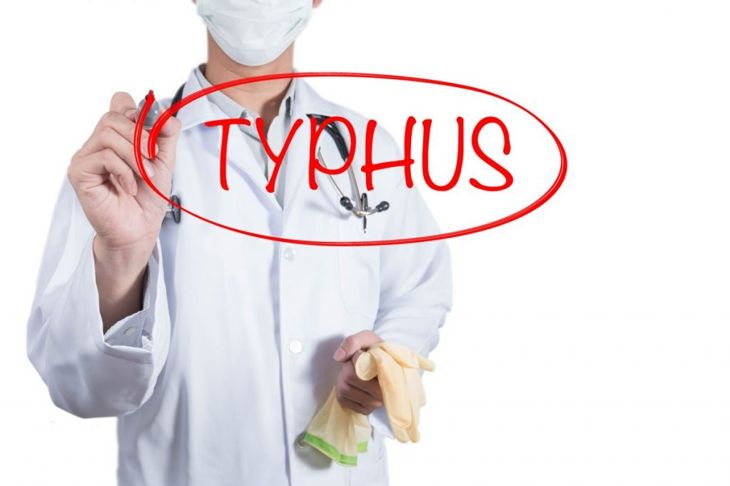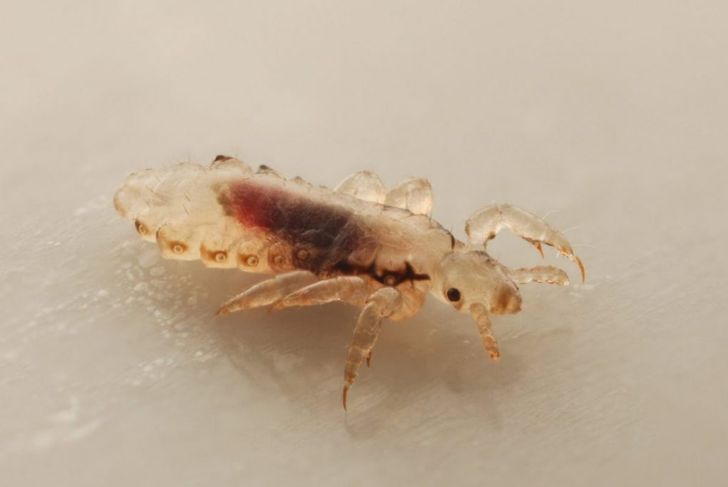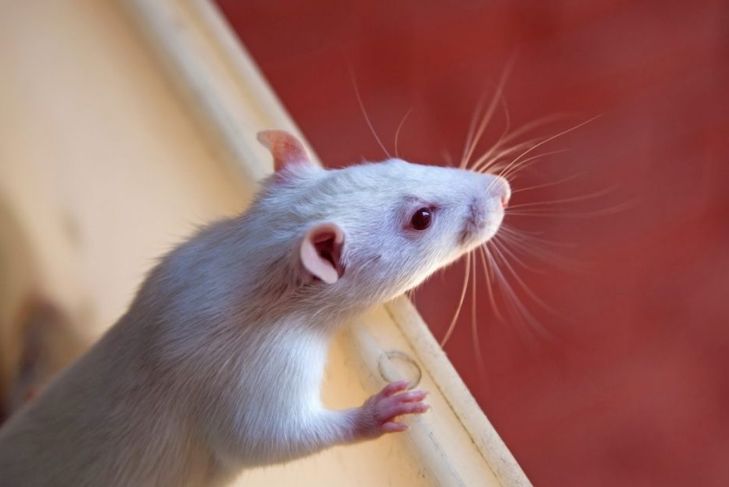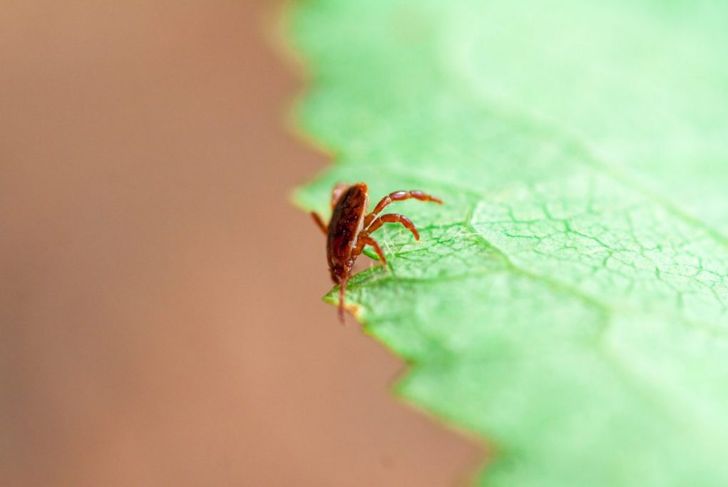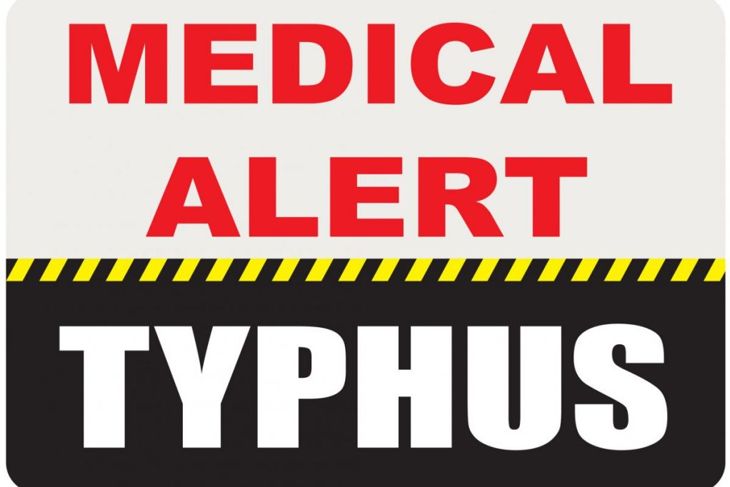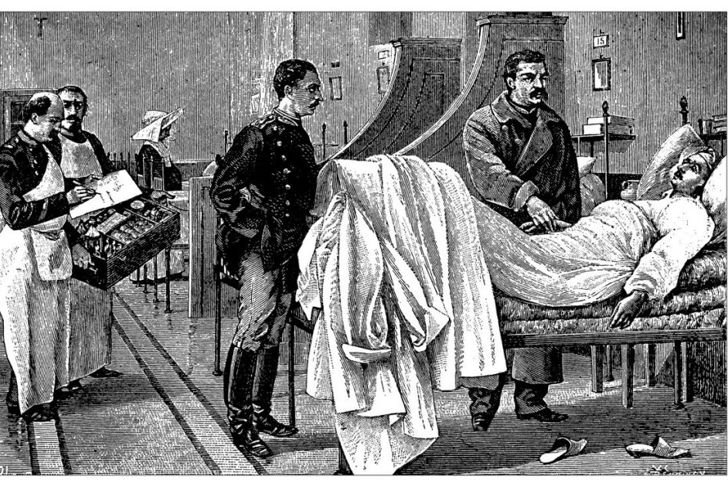Typhus is caused by the rickettsial bacteria. Fleas, ticks, lice, and mites who are themselves infected with the bacteria transmit the disease to other animals and humans. The strain of typhus depends on the arthropod that carries it. Though not commonly a problem in developed nations, typhus does occur in developing regions and has been responsible for widespread deaths during periods of war and upheaval.
Causes of Typhus
Left untreated, typhus can prove deadly. Risk factors for contracting typhus include traveling abroad or in regions where typhus has recently occurred. Living in a crowded environment may also raise one’s risk of contracting the illness. While the spread of typhus is different than the cold or flu, it is easy to contract it in areas where there are infected arthropods.
Epidemic Louse-Born Typhus
Epidemic louse-born typhus is the most common strain of the disease and the one most associated with wartime disease. Infected lice spread this form of typhus by leaving their droppings at bite sites. As the bitten person scratches the skin, they inadvertently help the infected feces get into the bloodstream. The bacteria then multiples and symptoms are usually experienced between one or two weeks later.
Murine Typhus
Fleas, usually those living on rats, transmit murine typhus. Rats are notorious spreaders of disease, and while most commonly associated with bubonic plague, the rodents also efficiently transmit typhus. Doctors often misdiagnose people with murine typhus as having a viral illness because many individuals who experience its symptoms don’t realize an infected flea has bitten them.
Scrub Typhus
Trombiculid mites — more commonly known as chiggers — transmit scrub typhus. Chiggers tend to congregate in areas of scrub vegetation, hence the name. This type of typhus is easier to diagnose quickly as the mite’s bite leaves a telltale black wound known as an eschar, a piece of dead tissue. Without treatment, this form of the disease is invariably fatal.
Australian Tick Typhus
A couple of types of ticks native to Australia can transmit this form of the disease, which is also known as Queensland tick typhus. These ticks frequently feed off hosts like rodents or marsupials. However, when hiking into areas with infected ticks, humans can also be bitten and infected by the disease.
Symptoms of Typhus
Symptoms of typhus can vary somewhat depending on the form contracted. Generally speaking, however, common symptoms include fever, headache, lethargy, chills, and rash. A dry cough, nausea, vomiting, and diarrhea can also occur. Typically, 14 days pass from the time of the bite to the onset of symptoms, which can then appear quite suddenly. In developing nations, diagnosis can be tricky because symptoms mimic other infectious diseases like dengue and malaria. Blood tests and skin biopsies can help practitioners confirm a typhus diagnosis.
Typhus in History
Violence is a hallmark of war, but so is disease. Outbreaks of diseases like typhus have long been closely associated with periods of war and upheaval. The earliest recorded description of typhus dates to the Spanish siege of Granada in 1489. While battle cost the army 3,000 lives, typhus took a further 17,000 lives. During Napoleon’s invasion of Russia, 300,000 French soldiers lost their lives to the disease. Typhus has been among the most devastating diseases throughout history.
Incidence of Typhus Today
Typhus continues to be a problem in many areas of the world. Most recently, typhus epidemics occurred in Rwanda, Burundi, Algeria, and Ethiopia. Also, pockets of typhus have appeared in areas of Central and South America. Typhus is treatable, provided there is access to healthcare and viable medicines. On the other hand, typhus usually continues to be a deadly illness if it is left untreated.
Treatment of Typhus
Up to 60% of people infected with typhus will die without treatment. To date, there is no vaccine available, though some are in development for forms of scrub typhus. Antibiotics are viable forms of treatment for typhus and have proven largely successful. Sometimes typhus can lead to other serious and life-threatening complications that require other medical interventions and treatments.
Typhus Prevention
The best way to prevent typhus is to avoid pests that carry the illness and avoid regions where there have been recent typhus outbreaks. When hiking in areas where mites, ticks, and other arthropods are prevalent, it is important to wear repellant to ward off these pests. If you do experience any symptoms of the illness, see a healthcare practitioner as soon as possible to begin treatment and prevent the disease from worsening.

 Home
Home Health
Health Diet & Nutrition
Diet & Nutrition Living Well
Living Well More
More